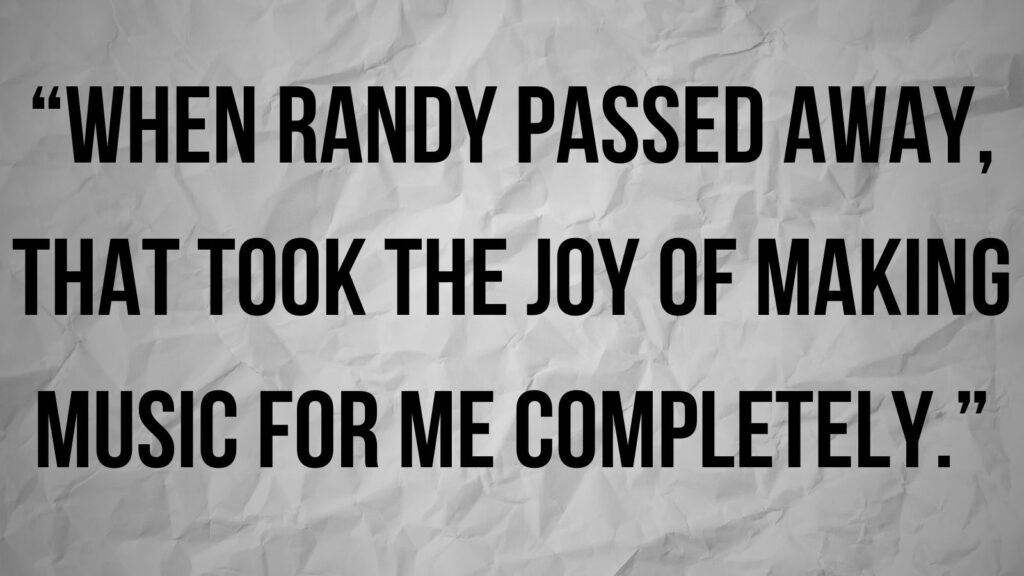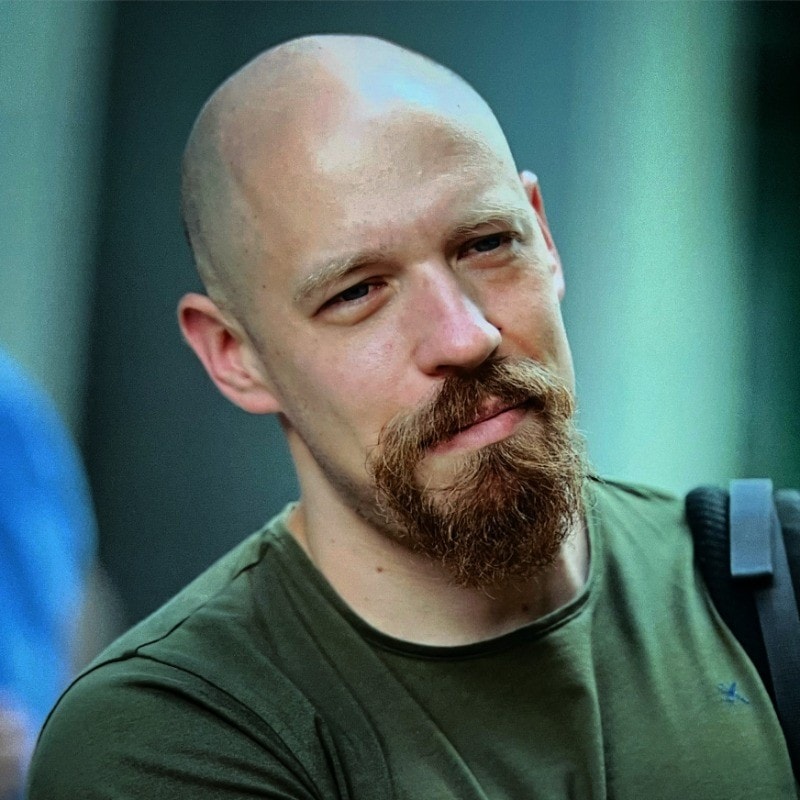Bass legend Rudy Sarzo looked back on his time in Ozzy Osbourne’s band, particularly reflecting on the passing of guitarist Randy Rhoads and how the whole situation affected him.
It’s not a secret that Ozzy’s early solo band was pretty turbulent. And Sarzo joined in 1981, once again meeting with his former Quiet Riot bandmate Randy Rhoads. And he was in the band when the infamous plane crash tragedy struck in the first half of 1982.
Looking back on joining the group during an interview with the Different Stages Radio, Sarzo recalled his first tour with the band and recording Ozzy’s second album, “Diary of a Madman,” offering (transcribed by Killer Guitar Rigs):
“My first tour with Ozzy was the ‘Blizzard of Ozz’ tour; ‘Diary [of a Madman]’ was for the second record that we were touring on. By ‘Diary,’ I was used to being in the band. This was my life. This is what I knew. You’re getting on stage with Randy, Ozzy, and Tommy Aldridge — I can’t think of a better combination of musicians to go on stage with.”
However, once Randy died, Sarzo’s feelings about music changed. He added:
“That became a norm, and then when Randy passed away, that took the joy of making music for me completely.”
Randy Rhoads passed away on March 19, 1982, after a small sports plane crashed in Leesburg, Florida. Ozzy Osbourne and his band were on tour in the US and this was a random routine stop.
The bus driver, Andrew Aycock, who was also a licensed pilot, went into one of the sports planes at Flying Baron Estates, with Randy and makeup artist Rachel Youngblood on board. After clipping the top of the bus, the plane crashed, with all three people on board losing their lives in an instant.

However, despite the tragedy taking the joy out of making music for him, Sarzo managed to continue on and stayed with Ozzy for a while. The next in line was the live record “Speak of the Devil,” which saw the new lineup featuring Brad Gillis on guitar, doing Black Sabbath material over at The Ritz in New York City.
Reflecting on the matter, Sarzo said that he recently revisited this live album and explained:
“Because fans started writing, saying, ‘Wow, I love your playing on this record.’ And they have a completely different perception of, let’s say, ‘Speak of the Devil’ — the Ozzy recordings of Black Sabbath songs. I know how that record was made.”
However, as he further added, the band wasn’t exactly the most prepared for this. The performance wasn’t bad, but they didn’t have the chance to sort all the details in the songs.
“Again, we didn’t have enough time, so there’s not a whole lot of finesse,” he said. “It’s very raw. It’s not very polished, but there’s a lot of attitude and a lot of almost like crisis going on stage because we were not very familiar with this music. We were just there.”
“There’s this degree of winging it and of survival mode that you’re playing on. So you’re just giving it everything you got — you’re concentrating, you’re hyper-focused on what you’re doing, but there’s the bit of you that is so hyper-focused that you just don’t know what’s going to happen next.”
“It’s a very dangerous performance,” Sarzo continued. “‘Dangerous,’ meaning that there was no safety net. We were told on the way to the stage by Sharon, ‘Boys, there’s not gonna be any overdubs, I swear. So you better play really nice tonight. [Laughs] Thank you!'”
“So we did that over two nights. I listened to it. And even though, [it’s] okay, there’s just a little peeve about it.”
Looking back at the show, he continued:
“We’re playing at the Ritz in New York, which was like a showcase club. And it was not like an arena or a theater with things you could isolate for live recording. So what they did is they got rid of the monitors — all the wedges except for Ozzy’s wedges in front.”
“There were no in-ears back then. And I did not mic my bass amp. It’s all direct. Fortunately, I was playing an instrument with a preamp — I was using Bartolini pickups with a preamp. That gave me that extra oomph, the dirt, this ‘growl’ compared to like, say, if I was playing through with a passive, like, let’s say, a Jazz Bass — a Fender Jazz Bass would be much smoother.”
Coming from Quiet Riot, Sarzo wasn’t the same type of bassist that Black Sabbath’s Geezer Butler was. However, the setup that the had gave him a specific kind of tone that, in his opinion, did fit the context of old Sabbath songs. He added:
“And I needed that aggression for Black Sabbath songs because they have a lot of meat to it. Nowadays, they fix that with plugins — they’ll do an emulator on a plugin, in the mix on Pro Tools and give you the sound, make you sound like you’re playing through an amplifier.”
“It sounds a little bit dry, there’s not a whole lot of sustain or compression, or whatever. I would’ve loved a little bit more compression in there. So it is as direct sounding as you’re gonna get — which was not exactly what it sounded like on stage, but it wasn’t miked on stage.”
Photos: Scottheaps (Rudy-Sarzo-Blue-Oyster-Cult-Tampa-8), Unknown (Randy Rhoads)


